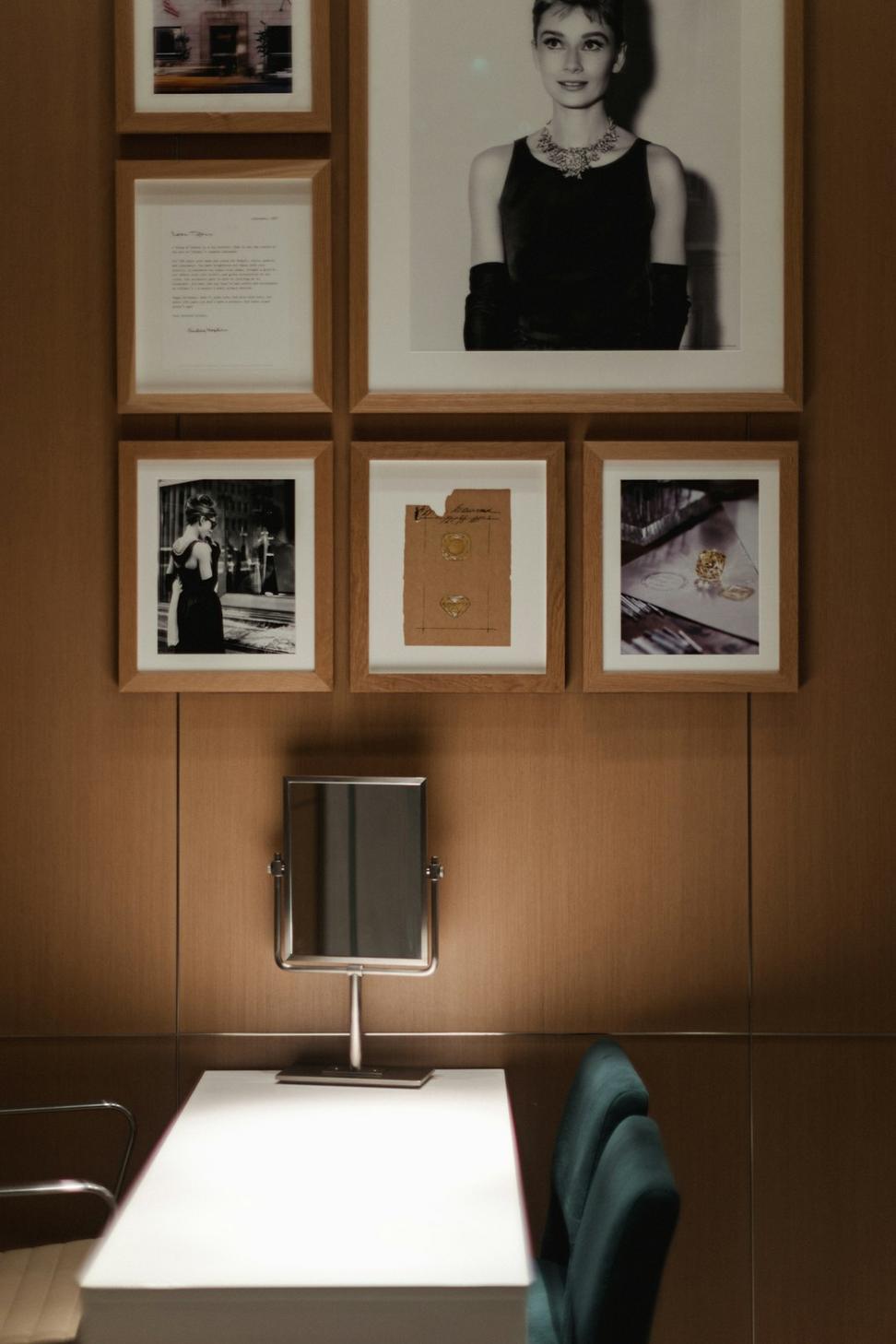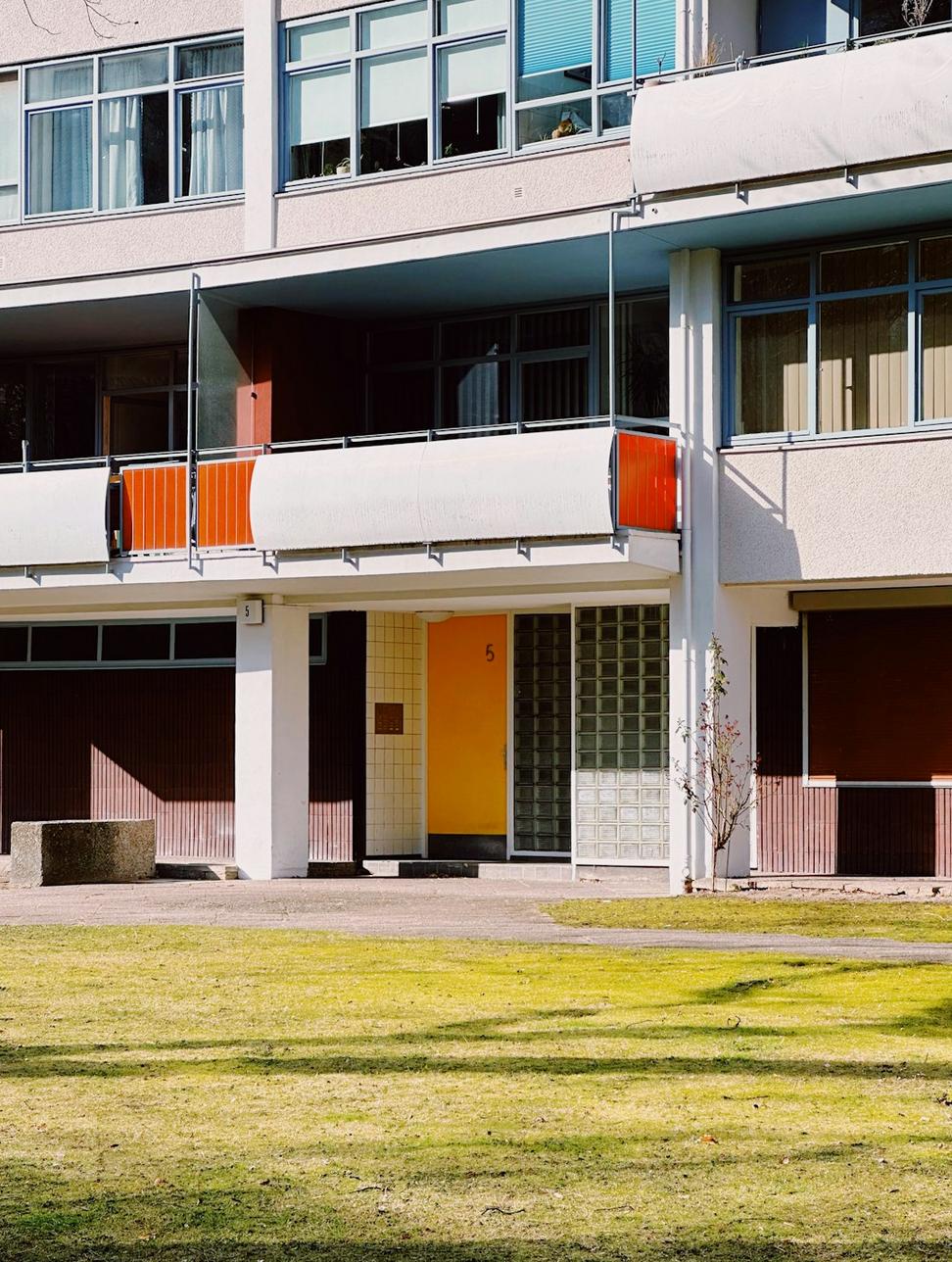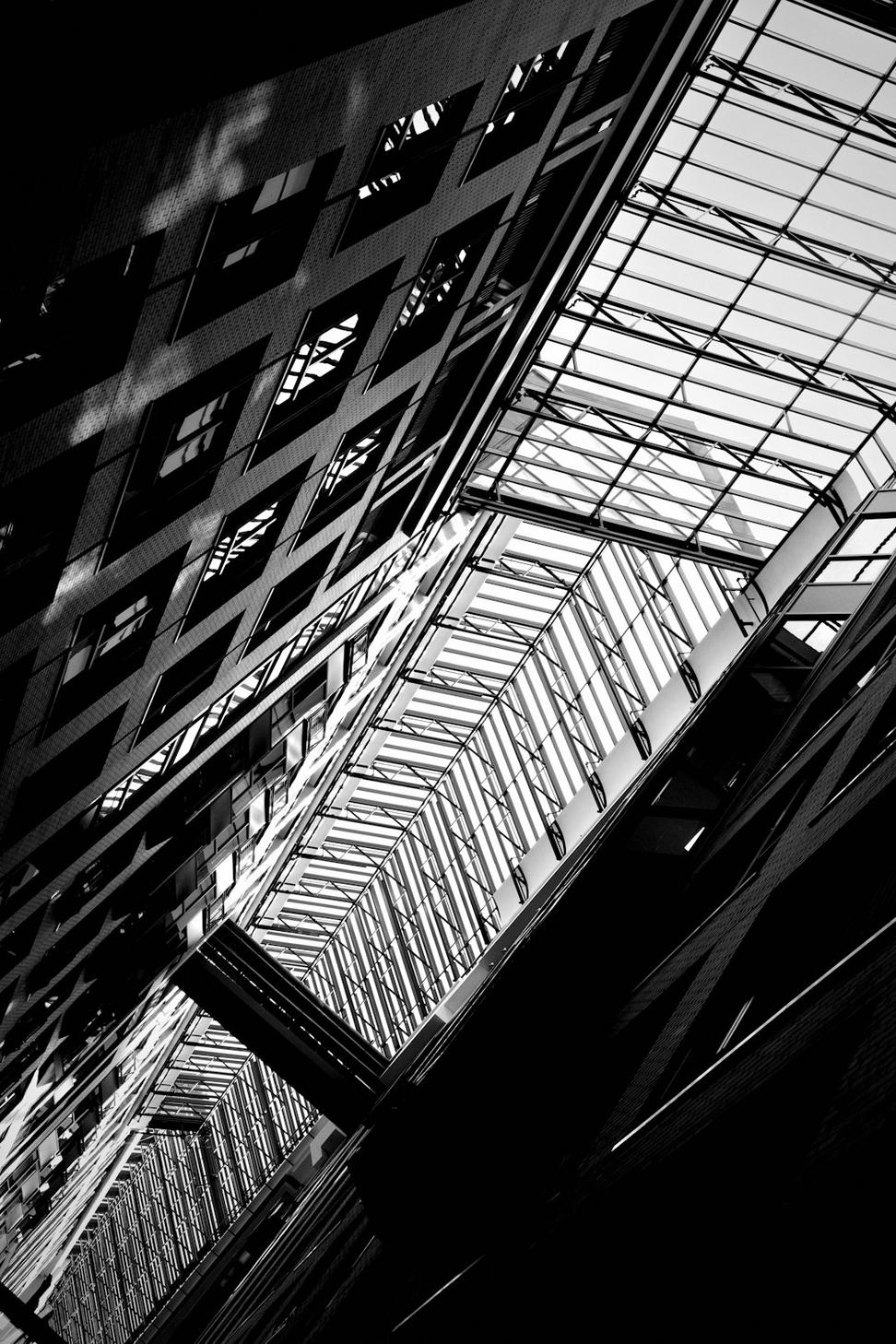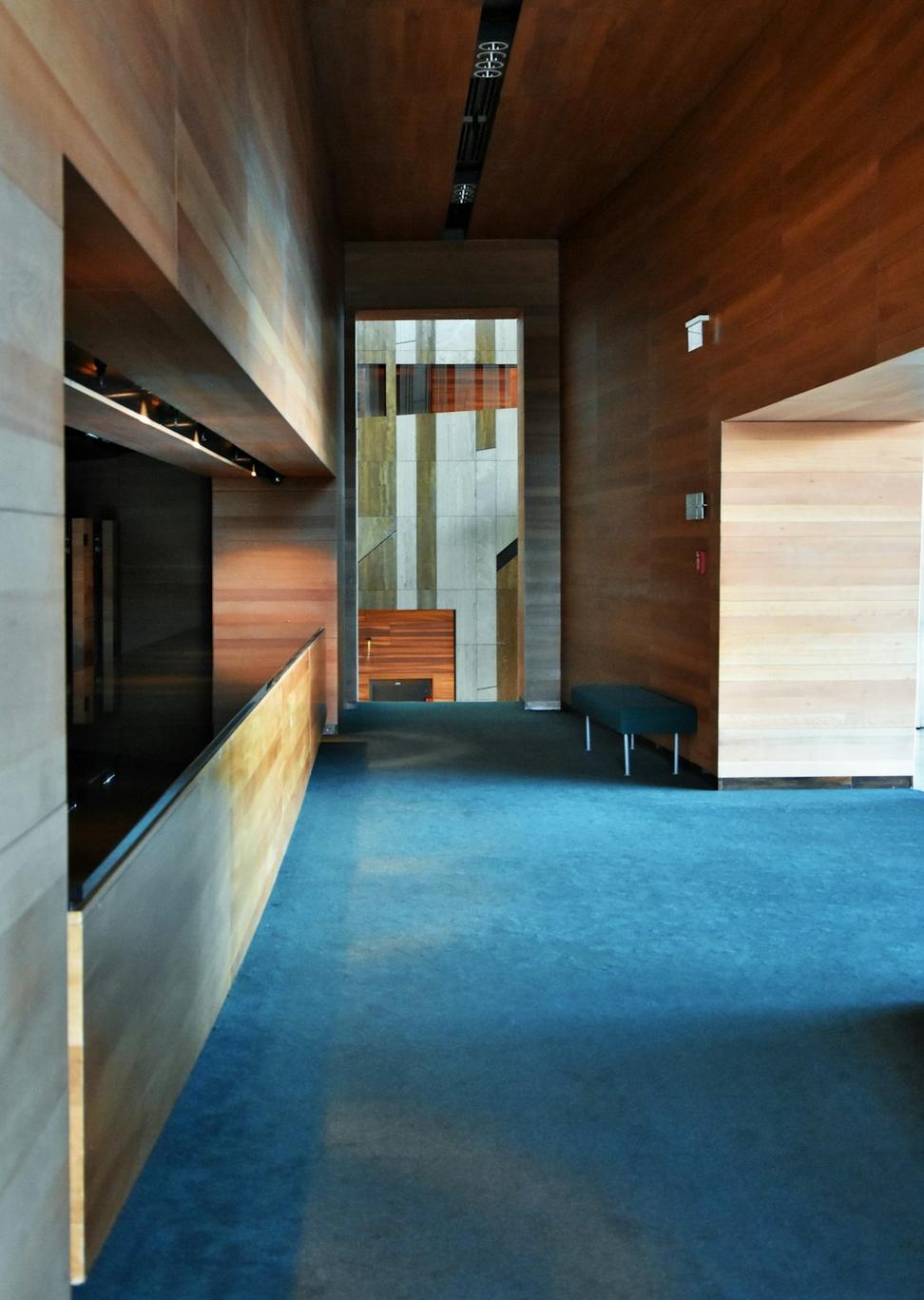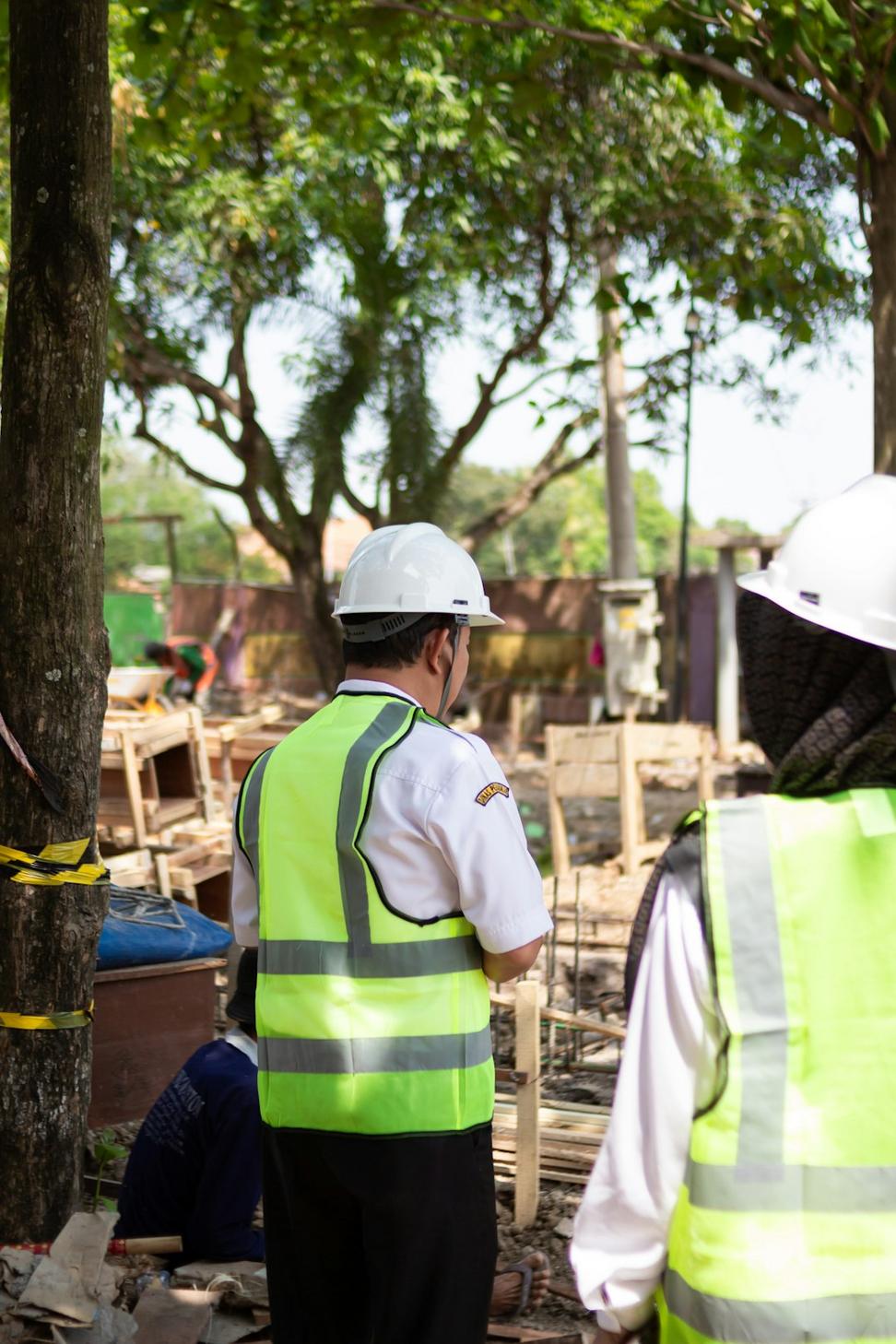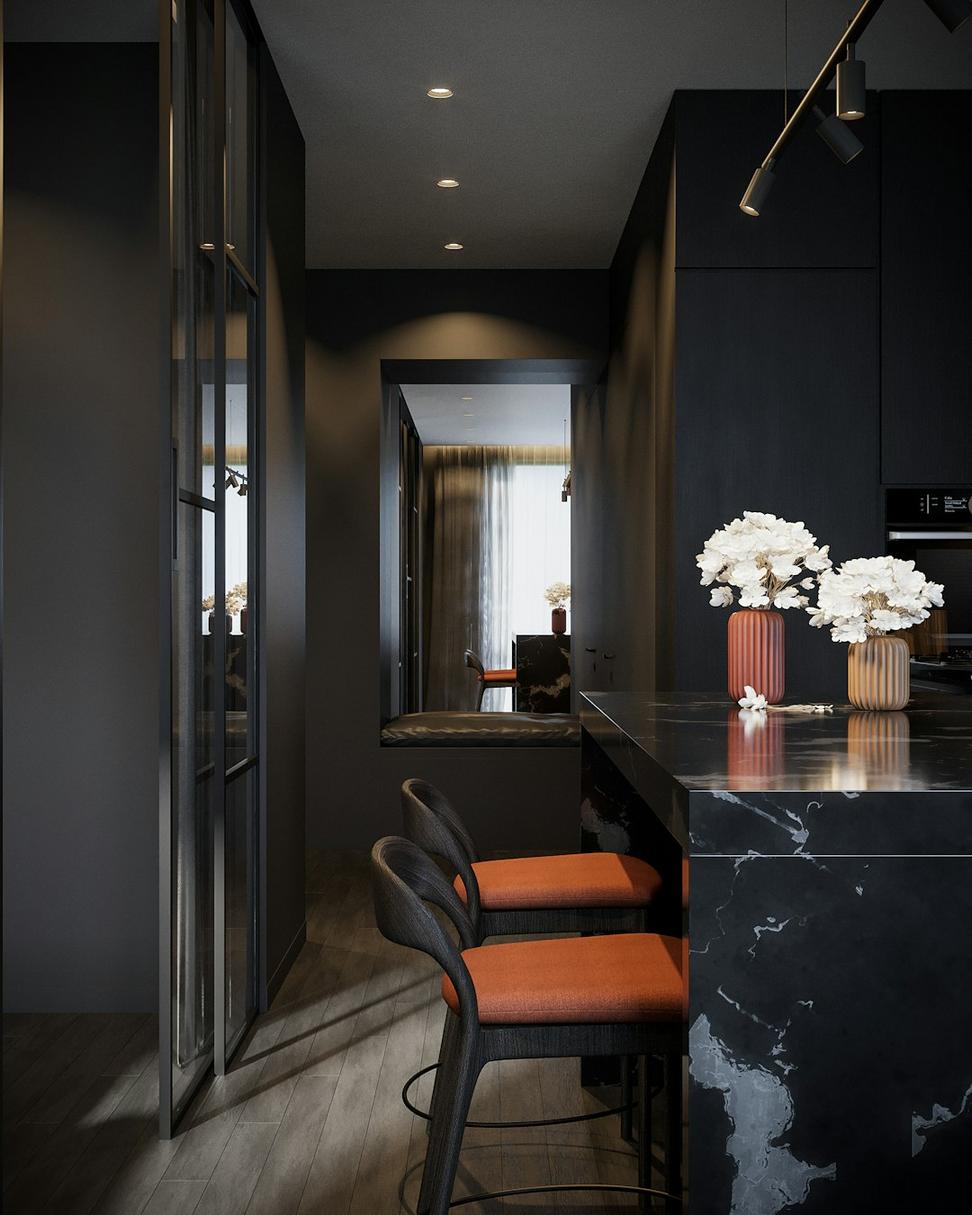What We Actually Do
Look, we've been doing this for a while now, and honestly? We've learned that great architecture isn't about following trends or tossing around fancy words. It's about listening to what you need, understanding how you live or work, and then creating spaces that just... make sense.
